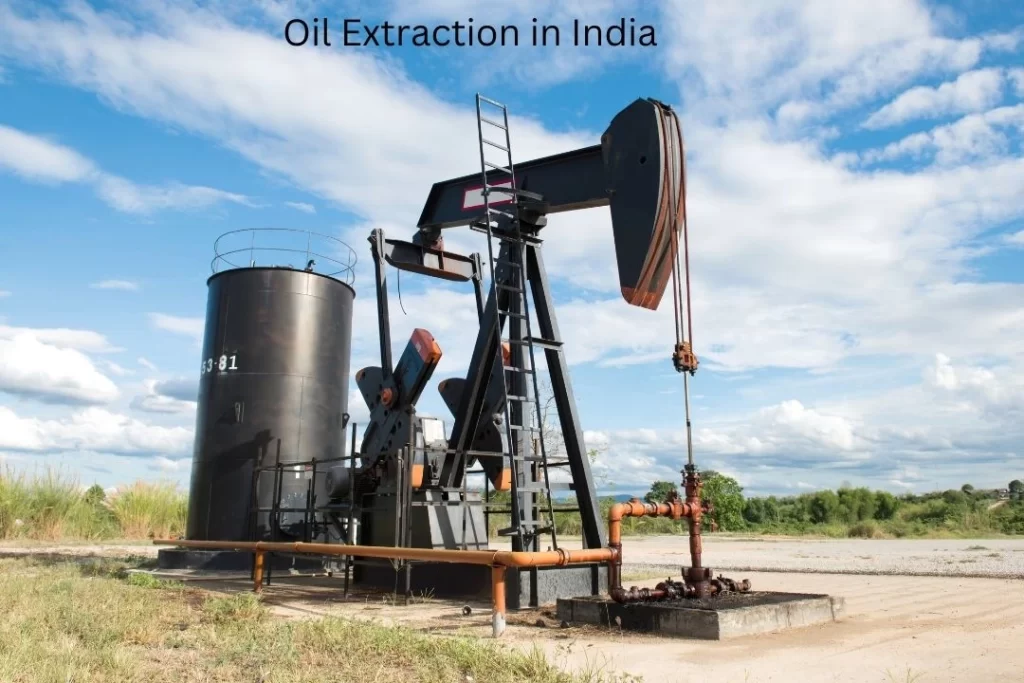Current Oil Import Scenario:
In the fiscal year 2023-2024, India imported approximately 232.5 million metric tonnes (MMT) of crude oil, maintaining a similar level to the previous year. The primary sources of these imports include Iraq, Saudi Arabia, Russia, the United Arab Emirates, and the United States.
Notably, Russia has emerged as a significant supplier, with imports reaching a record high of 2.07 million barrels per day in July 2024, accounting for 44% of India’s total imports that month.
As of 2023, India’s domestic oil production averaged around 700,000 barrels per day, meeting only about 13% of the country’s total oil consumption. Despite efforts to attract foreign investment and enhance exploration, domestic production is anticipated to decline to approximately 540,000 barrels per day by 2030, due to a lack of significant new discoveries.
To counter this trend, initiatives are underway to boost output from existing fields. For instance, BP has committed to increasing oil production by 44% from India’s largest oil field, Mumbai High, operated by Oil and Natural Gas Corp (ONGC). This collaboration aims to raise crude output from 45.47 million tonnes to 65.41 million tonnes over a decade.
Alternative Energy Sources and Future Outlook:
India is actively pursuing alternative energy sources to mitigate its dependence on oil imports. The country has become the world’s third-largest producer and consumer of ethanol, with domestic production tripling over the past five years. Additionally, the adoption of electric vehicles (EVs) and improvements in energy efficiency are projected to avoid approximately 480,000 barrels per day of oil demand between 2023 and 2030.
Despite these efforts, India’s oil consumption is expected to rise from 4.05 million barrels per day in FY22 to 7.2 million barrels per day by 2030, driven by economic growth and increased industrialization. Consequently, the country will continue to rely heavily on imports to meet its energy needs.
In summary, while India is making strides in enhancing domestic production and diversifying its energy portfolio, the gap between consumption and production remains substantial. The nation is poised to remain a significant importer of oil in the foreseeable future, underscoring the importance of sustained efforts in energy diversification and efficiency.





